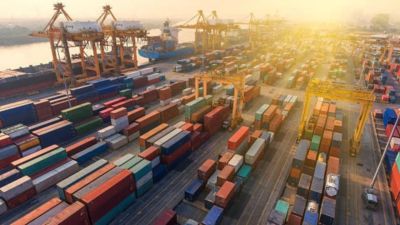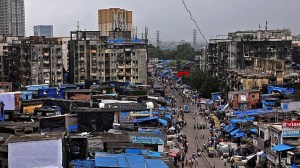Stay updated with the latest - Click here to follow us on Instagram
Tehran is losing the ground beneath it
Tehran is rapidly losing ground as the city sinks
 Tehran is sinking rapidly (File Photo)
Tehran is sinking rapidly (File Photo)
Tehran is grappling with a slow-moving disaster — the city is sinking, damaging infrastructure and putting lives at risk. This phenomenon, known as land subsidence, is being driven by a combination of climate change, rapid urbanisation, and decades of poor water management.
In 2023, Aydin Moradi, a researcher at Shahid Beheshti University, estimated that roughly 26 per cent of Tehran’s population was at risk due to land subsidence, placing the city among the top five globally in terms of vulnerability.
According to Iran’s National Cartographic Center, southwestern Tehran is subsiding at an alarming rate of up to 31 centimeters per year — far exceeding global danger thresholds. By international standards, even five millimeters of annual subsidence is considered cause for concern.
The severity of the crisis has prompted political response. In recent months, President Masoud Pezeshkian raised the possibility of relocating the capital, calling the combination of ground subsidence and worsening water shortages “menacing” and warning that Tehran is becoming increasingly “unlivable.”
However, as the Financial Times reports, relocating the capital may be impractical.
Still, the scale of the problem is hard to ignore. Railway lines require constant repairs, homes must be reinforced, and even major historical landmarks are under threat of permanent damage.
At the heart of the crisis lies the unchecked extraction of groundwater. In a report for the Tehran Times, Gholam-Ali Jafarzadeh, head of the National Cartographic Center, said, “The way out of this crisis is to close the wells from now on, to stop the extraction of water from underground resources, and to implement the plans for the maintenance of land reserves.”
Alireza Shahidi, head of the Geological Survey and Mineral Exploration of Iran, echoed the urgency in the same article, stating that 80 per cent of the country’s groundwater is withdrawn annually — a figure that far exceeds global norms. “Globally, water resource withdrawal typically ranges between 3 per cent and 20 per cent,” he noted. “Levels between 40 per cent and 60 per cent are considered problematic, while exceeding 60 per cent to 80 per cent signals a full-blown crisis.”
Water management has long been a weak link. Since the 1979 revolution, Iran has sought self-sufficiency in food production, spurring agricultural expansion — and with it, greater demand for water. Tehran’s growing population has only added to the strain.
Mehdi Zare, professor of engineering seismology at the International Institute of Earthquake Engineering and Seismology in Iran, warned that the country was on an “unsustainable” trajectory. “Continuation of past policies in agriculture and urban planning will accelerate subsidence across Iran in the years to come,” he said to the Financial Times.





- 01
- 02
- 03
- 04
- 05


























